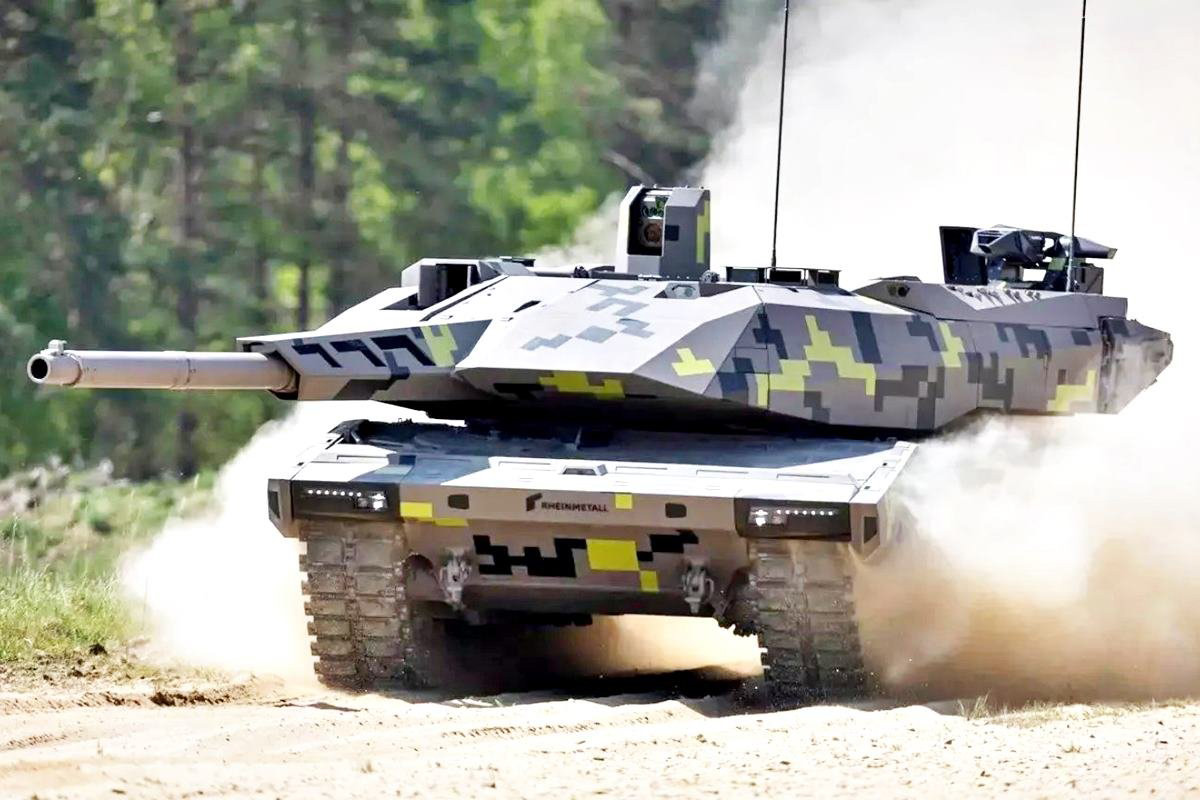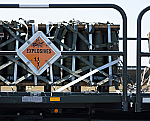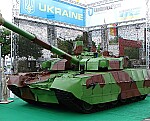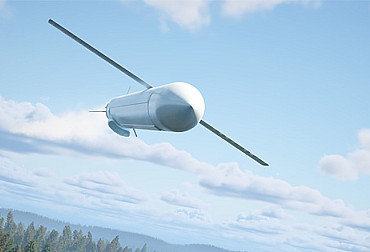380 KF51 Panthers to serve alongside 1000 KF41 Lynx IFVs. Italy is not joking
Italy currently operates around 200 Ariete tanks, of which only 50 are fully operational. The focus on the creation of a new tank reflects Italy’s aim to improve its defence capabilities, in particular to meet its commitments to NATO. The new tank will be Rheinmetall’s KF-51 Panther, which will operate alongside the Italian army’s 1000 Lynx vehicles.

Last November, Italy’s parliamentary committee has approved a military modernisation programme, approving an €8.2 billion plan to acquire new-generation tanks and modernise the country’s land forces. The initiative, led by Prime Minister Giorgia Meloni’s government, is part of a long-term strategy to align the Italian army with the evolving geopolitical needs of Europe and NATO. The programme, which runs from 2025 to 2038, is designed to gradually increase Italy’s military capabilities in response to growing tensions in Europe and to strengthen regional security; 5.4 billion has already been allocated to the initial phase, with the remaining 2.7 billion to be provided by future funding measures. This project underlines Italy’s commitment to national and European security at a time of growing strategic uncertainty for NATO.
The LRMV (Leonardo Rheinmetall Military Vehicles) joint venture, announced in July 2024, marks an important step towards the consolidation of the European defence industry. The heads of Leonardo and Rheinmetall, Roberto Cingolani and Armin Papperger, stressed the strategic importance of this alliance to support European defence. At a time when military budgets are increasing in Europe, this partnership could capture a share of the fast-growing European market. The collaboration with Rheinmetall also enables Italy to secure almost 60% of the joint venture’s business domestically, with a significant presence in Rome and operations in the port city of La Spezia.
New tank, known as the IMBT (Italian Main Battle tank) based on Rheinmetall’s KF51 Panther, for which there is talk of an order for 380 units, should incorporate a number of innovative features on a chassis co-developed by the LRMV joint venture. This part of the programme could enable the German firm to free itself from the constraints associated with intellectual property issues relating to the chassis. Rheinmetall owns the chassis up to version 2A4 of the German tank, with subsequent versions belonging to KMW, now KNDS Deutschland. The new German-Italian chassis is expected to be equipped with an innovative Italian powertrain, which is likely to be a hybrid. The 120mm calibre should be retained on future Italian vehicles, which will be armed with the L55A1 gun, a large part of which will be manufactured by Leonardo at its La Spezia plant.
This gun will be integrated into a remotely operated turret, identical to the one presented by Rheinmetall last June on the KF-51U. Although it has not been confirmed, the programme does mention the possibility of upgrading the main armament to a higher calibre, as part of the tank’s future development. The 120mm gun, controlled by an Italian fire control system and optics, will be supplemented by the ability to use remotely operated 120mm ammunition developed from the Vulcano family.
The vehicle will be protected by an active protection system, capable of acting against drones and guided munitions. This system, which should be common to that of the AICS programme, will probably be derived from StrikeShield. The C4I (Command, Control, Communication, Computer and Intelligence) equipment and the tactical information management system will obviously be of Italian manufacture and compatible with the systems in service within NATO.
In addition to the above-mentioned equipment, the future IMBT will incorporate most of the features of the KF-51, with production shared between the two countries. The German tank should also serve as the basis for a recovery version, a bridge-laying vehicle and an engineering vehicle. By 2035, when the programme is due to end, the Italian army will be equipped with 1,000 combat vehicles in various versions and 380 modern tanks equipped with an active protection system and capable of firing remotely-operated munitions.
The overall cost of the AICS and IBMT projects is estimated at €20 billion, which is also Italy’s entry ticket to the MGCS programme. Italian industry, which is expected to take over 60% of current programmes, will therefore be a major partner in the hypothetical future Franco-German programme, and a key ally in future discussions. Alongside this major programme, the Italian army is continuing to equip its middle-range forces with deliveries of Centauro 2 and an order for 76 VBM Plus.
Alongside the development of a new battle tank, LRMV will also focus on the Lynx platform for the AICS (Armoured Infantry Combat System) programme, part of the wider plan to modernise Italy’s land systems. The first orders for these new vehicles are expected in late 2024 or early 2025, with the first deliveries scheduled for the following two years. At a time when Europe is seeking to strengthen its military position, this German-Italian alliance could extend its influence to other partner countries seeking to modernise their combat systems. The programme is thus part of a wider trend to strengthen European defence cooperation in the face of increasingly complex security challenges. In conclusion, the initiative to modernise the Italian army represents an essential step towards strengthening the country’s military capabilities, positioning Italy as a major contributor to European defence efforts.










